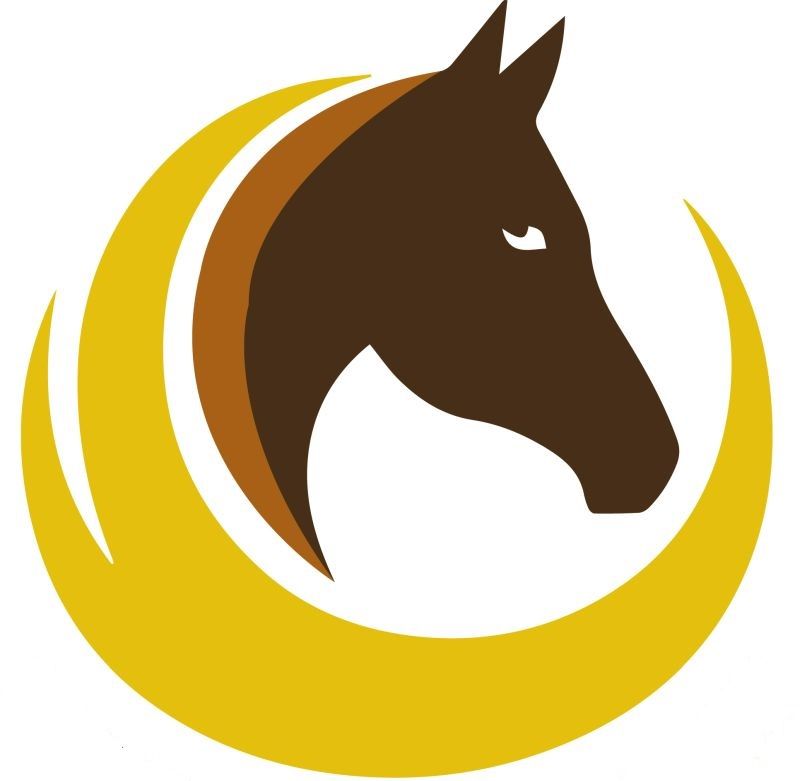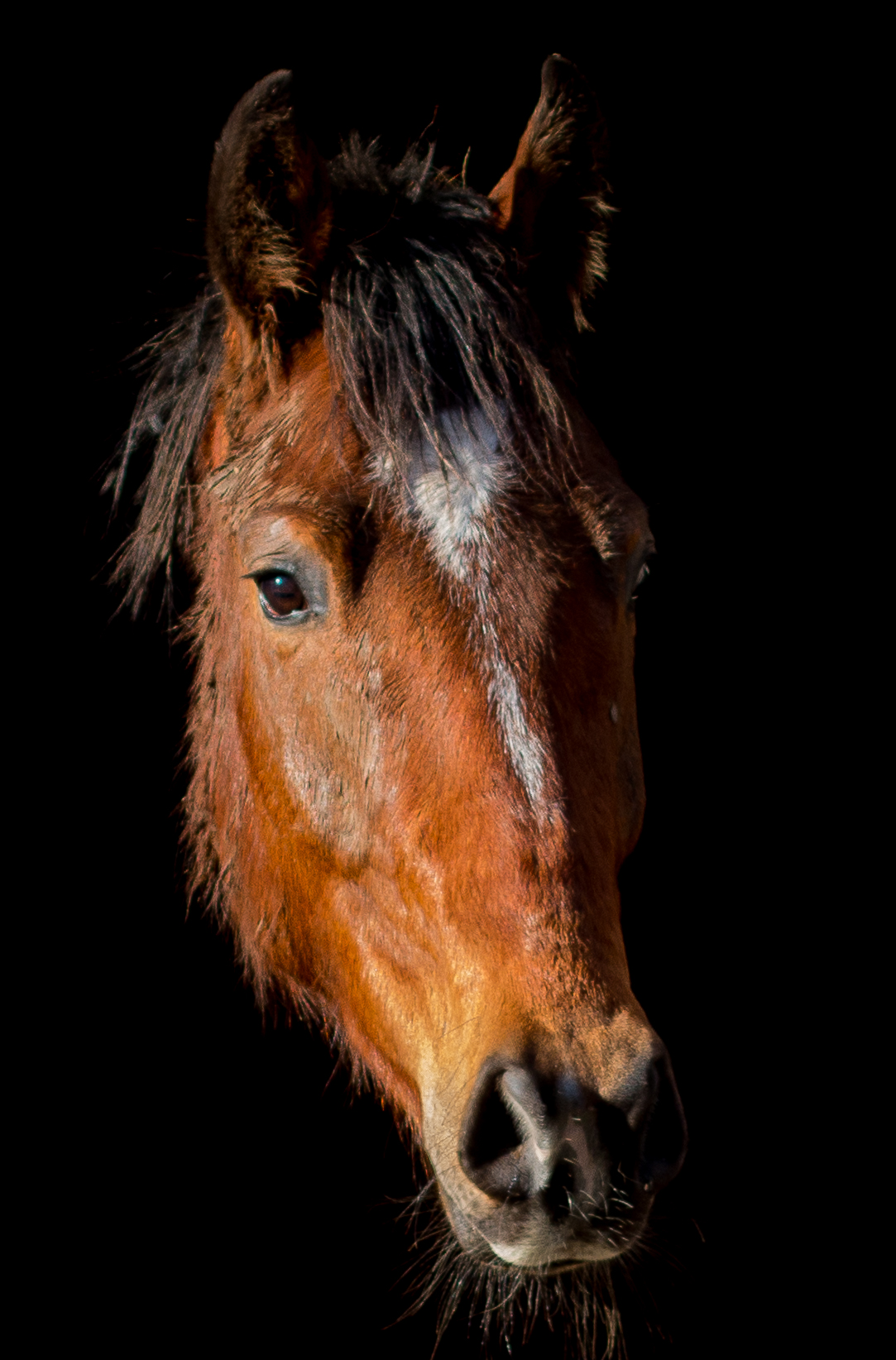Lots of prejudices and rumors are flying fast about treeless or leathertree saddles. So why are flexible saddles a smart solution?
Because they are just normal saddles – with lots of advantages!
This page is dedicated to all the things you might have heard about or topics people asked me about. It will grow from time to time because there are lots of rumors to talk about.
1. "I am not so sure about buying a treeless saddle. Is it as good as a saddle with a tree?"
One of the most frequently asked questions I hear from horse owners in my daily work is if the “treeless” leather tree saddle is as good as a “normal” tree saddle.
First of all: A leathertree saddle is NOT treeless.
The saddle has a firm tree made from leather. Lots of thick leather layers are glued together to build the tree. If you ever tried to cut or bend a thick piece of leather you know how strong it is. And now imagine 10 or more pieces glued together – that is a very strong tree! But still the leather allows the saddle to be flexible to enough to adapt to the rock of the horse during the first 20-30 riding sessions.
A leather tree saddle doesn’t have any disadvantages compared to a saddle with a wooden or carbon tree. On the contrary, the leather tree has the same stability but with a small level of flexibility.
To sum it all up: A leathertree saddle is far away from being treeless!
2. "Leather tree saddles are not suitable for heavy riders."
Riders with a weight of 80 kg and more have special needs when choosing a saddle. The size of the saddle is one part of it but the other is spreading the weight on the horses back. When using treeless saddles an area of high pressure can occur directly under the rider and especially under the stirrup holder.
A leather tree saddle provides a better stability - for riders of all sizes. The strong leather tree is reinforced crosswise by the metal inlay which provides the stirrups holders. The shape of this inlay stabilizes the tree crosswise without disturbing the adaption of the leather tree to the rock of the horses back.
Additionally the distribution of the weight on the horses back can be supported by using felt strengthened panels instead of the standard velcro panels.
3. "Leather tree saddles are not suitable for horses with high withers."
Especially for horses with very high withers searching a new saddle can be a huge challenge. The gullet still needs to fit to the angle of the shoulders but has to be high enough for the wither. A leather tree saddle doesn't have a gullet at all.
But this does not mean that there is not enough space for a high wither under a leather tree saddle. It depends on the design and shape of the saddle. Some leather tree models are suitable for horses with high withers and can be fitted with care and using a paddable numnah or pad if necessary.
4. "A changeable gullet is a good solution to fit a saddle to every horse."
Do you believe in the "tale of the gullet"? Or do you want to know why a changeable gullet is not the “philosopher’s stone”?
It seems to be the perfect solution – just buy a saddle, choose the right gullet using a simple template and fit the saddle to your horse. Done. Happy rider – happy horse. Or not?
To make a long story short: NO. A changeable gullet is nice, but not more than that.
Interested in a little more information?
First of all: the gullet is just a small part of a long list of things which have to fit to make a saddle well-fitted to your horse and allow healthy horseback riding. Just think of the length, the space between the panels, the angle of the panels and – extremely important but often ignored – the rock / curve of the tree.
Also, the gullet itself does not automatically fit. It depends on the angle of the gullet. There are V- and U-gullets. Especially the V-gullets tend to create a “clothes peg” effect – it clamps the saddle to the withers and creates ditches in the trapezius.
The funny thing about the gullet is – a well-fitted saddle with a strong, flexible tree does not even need a gullet. In contrary, if there is no gullet, there is nothing that can create atrophy at your horses back muscles at the withers!
5. "The horse gets a fitted saddle a few months after backing."
It is such a bad habit – backing a horse with a cheap old saddle: “Because the horseback will change it will get a good saddle later.” And now I ask you: Would you like to go on a 3-day-trekking-tour with borrowed trekking shoes of a wrong size and say to yourself: “If I enjoyed the trip I will go and buy myself a pair of fitting trekking shoes.”? I bet, you wouldn’t.
But a young horse which should make good experiences in his or her first weeks of the ridden career is backed, hacked and schooled with an old, non-fitting saddle. Too long, too narrow – best conditions to create ditches and muscular tension. Does this sound like a perfect start for a young horse?
So why not buying and using a saddle which can be adapted without restrictions? A saddle which grows with your horse, adapts to is natural back line and offers the most flexible and adaptable fitting system? A saddle which provides a fantastic stability spreading your weight over the biggest possible area? It is so easy: With a flexible saddle you can start from day 1 and stay with it throughout the ridden career of your horse.
So why are not going back to the roots? With a leather tree saddle.
7. Why do I charge for the appointments?
From time to time people are surprised when I inform them that I charge for my fitting/tuition appointments. I am happy to explain why.
An overview:
-
duration of appointments round about 2 - 2 1/2 hours
-
comprehensive explanation of key points for your saddle check
-
joint fitting and explanation of alteration options
-
several different options of testing, short and long term
-
discount if you keep your test saddle
When I spend time with you and your horse it is not my first goal to sell you a saddle in any case – I want to create saddle fitting awareness and help you and your horse to get the best possible saddle solution for healthy riding.
To reach this I give you some tools and knowledge to understand where to look at when checking a saddle and how to assess if a saddle fits or not. I always say “Trust no one – you are responsible for your horse!” and this also comprehends your horse’s saddle.
So it is a main part of the appointment to talk about your horses anatomical preconditions, about his or her requirements and muscular situation. This is all done “hands on” which means you will not only hear about it but see it and feel it. Quite often we check the saddle used in the moment and talk about issues and problems with that saddle.
Well-prepared we talk about your horse’s requirements: Where should the panels be? How can we spread the rider’s weight best possible? What happens if the horse lifts its back when working? What if the shape of your horse changes in the future? And much more. When you know where to look at and how to check a saddle we fit a test saddle together. The system allows minor adaptions to be made by you and on your own – so I will show you how.
Then it is time for testing: Not only one model but up to 3 (and sometimes even more) if you like.
A full appointment including riding usually takes 2 hours, sometimes even more. I offer the opportunity to keep a new saddle for 1-2 weeks to test and keep it or rent one of my used saddles for a long-term test. So you will never be pushed to buy.
If you decide to keep the test saddle, the fees are fully discounted so that the fitting is included in the price of the saddle.
It is my aspiration to support your riding abilities and help your horse with a well-fitting saddle. A service which costs a fee for my time and expenses (e.g. providing saddles and accessories as well as travel for up to 20 miles single distance).

